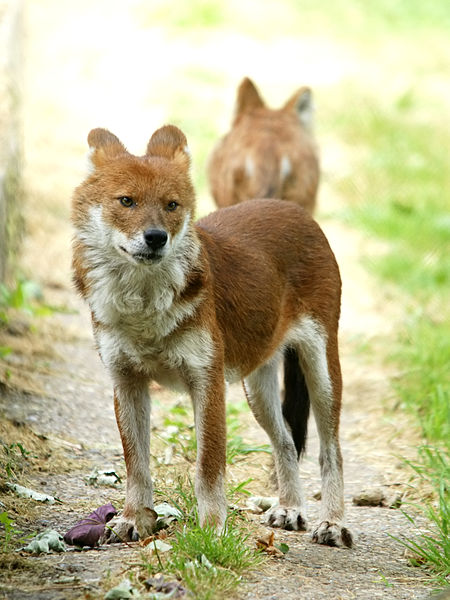
To help us get through the week, I figured a Thursday trip to Southeast Asia would be a nice change of pace. So we are going to take a few minutes to head there and learn about the Dhole. Don’t worry, I will wait while you go and pack your stuff but hurry up since I am excited to get going. Now that you are all packed up and ready to go, let’s start learning about this endangered canine.
As I just mentioned, the Dhole is indeed classified as endangered on the IUCN list, with the cause being the usual one we always see, habitat destruction. Although to be fair there are many other causes that are making life stressful for the Dhole including predator competition, loss of prey and possibly diseases being introduced from domestic dogs. Needless to say, life isn’t easy for the Dhole in Southeast Asia.
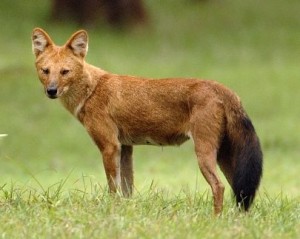
Although their life is stressful, the Dhole still manages to relax and hang out with family and friends on a regular basis. In fact, the Dhole is even more social than wolves, which is pretty impressive. The Asiatic Wild Dog (another name for them) live in clans that typically range in size from 5 to 12 individuals. Unlike wolves, the Dhole clan doesn’t necessarily hunt together. Most times they will break into smaller groups of 3 to 5 individuals when heading out to look for food. I wonder if they all stand in the middle and the captain gets to pick which one is on their team. You always have to feel bad about the last Wild Dog that is picked. They tend to break up into smaller groups since the Dhole is a big fan of venison (deer meat) and 3 to 5 hunters is the perfect number to take down a deer. I guess there is no sense in overwhelming the poor little deer by having 12 Wild Dogs chasing after them.
Dhole Fast Fact – Unlike other canine species, there really isn’t any evidence to suggest that the Dhole uses urine to mark their territory. Okay, so maybe this doesn’t fascinate everyone but I did my thesis on the Use of Urine Scent Marking in the Red Fox so I find this interesting. It does make sense that the Dhole doesn’t mark out their territories since they don’t tend to be nearly as territorial as other dog species. Scientists have discovered that the Asiatic Wild Dog will defecate in unusual places but this has nothing to do with scent marking. Instead, they just have a communal area where they relieve themselves. It is pretty neat to think that the Dhole has an outhouse.
So that does it for today’s Wild Fact. It looks like we only have one left for the week so make sure you tune in tomorrow to learn about another exciting animal.

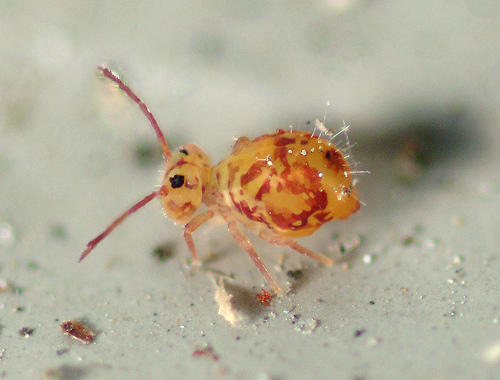
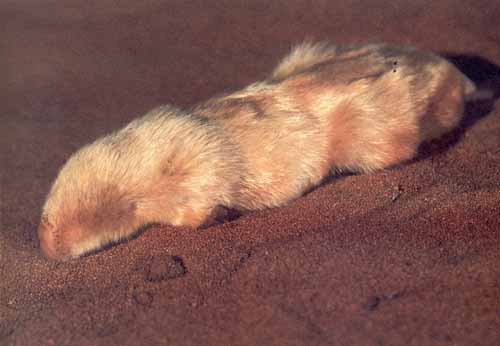
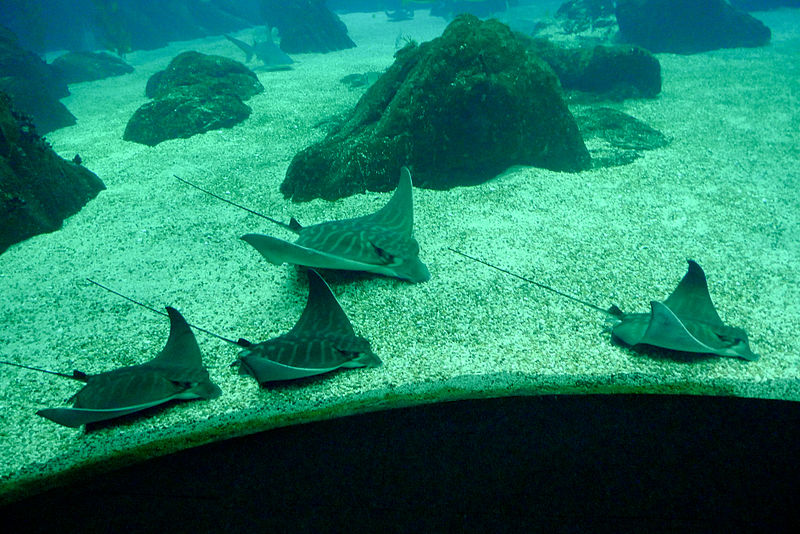
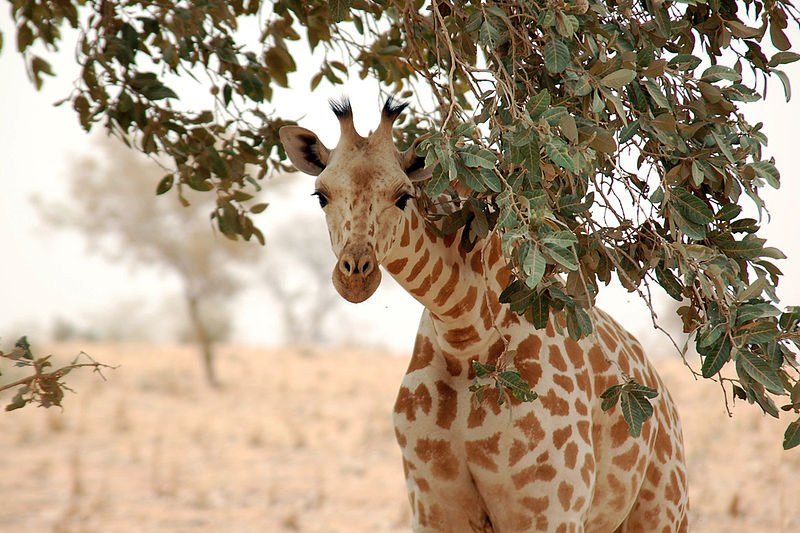
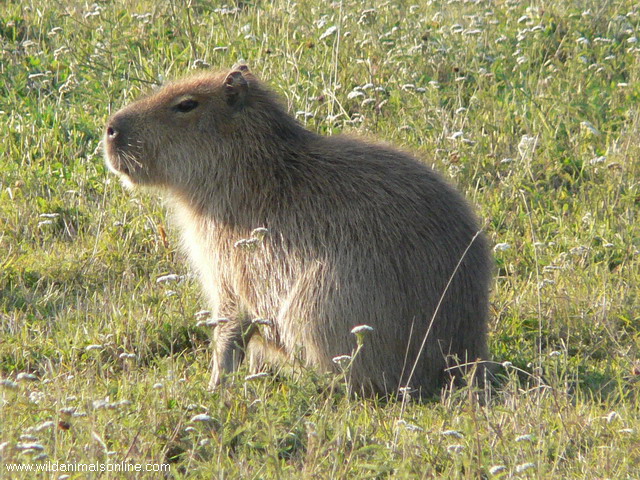
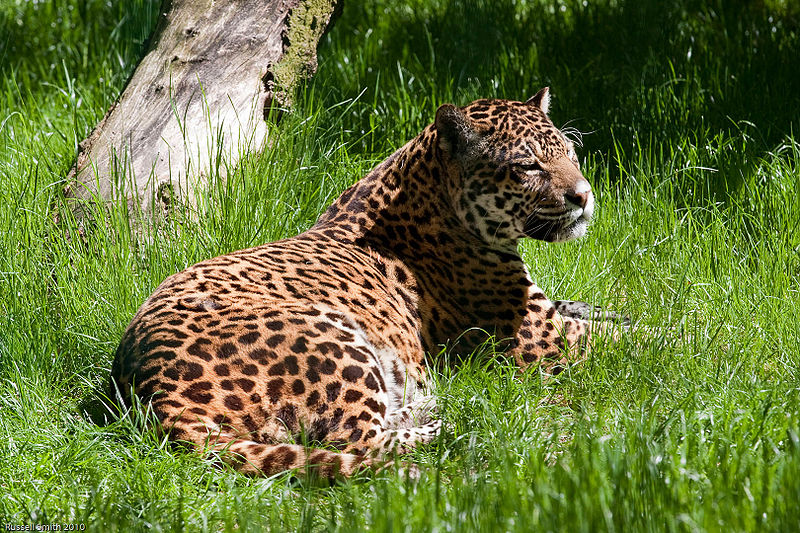
Impressive article about Dhole.
However, do you have any scientific or relevant articles to support this sentence “Scientists have discovered that the Asiatic Wild Dog will defecate in unusual places but this has nothing to do with scent marking.”?